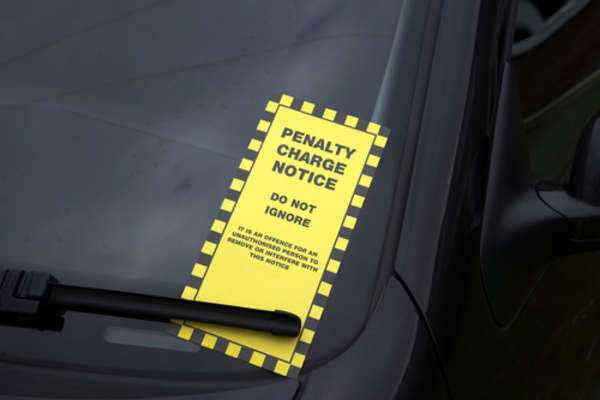
There are two main types of Field Sobriety Tests that are used by police officers when they find reasonable cause to ascertain whether a driver is driving drunk These are the Standardized Field Sobriety Tests and Non-Standardized Field Sobriety Tests. These are divided attention steps for the most part, that can conclude whether the driver is “sober enough” to accomplish the task of listening for directions and completing a task at the same time.
Standardized Field Sobriety Tests include tests such as the one-leg stand, the HGN test, and the walk and turn. These tests are universally used throughout police departments in the United States. The results can give the officer the right to arrest someone on suspicion of drunk driving with the possibility of further testing to come. The one-leg stand test is based on the ability for the person to be able to stand on one leg 6 inches above the ground and perform another task such as counting out loud, and then switching legs.
The HGN or Horizontal Gaze Nystagmus test, focuses on the ability of the driver to be able to follow an object horizontally with their eyes in a smooth motion. Finally, the walk and turn test evaluates the ability of the person to be able to walk heel to toe in a straight line (maintaining balance) for a number of steps while perhaps counting the steps out loud. The Standardized Field Sobriety Tests are used both by the officers to make an arrest, and in a court of law as presentable evidence for a prosecution or defense.
Non-Standardized Field Sobriety Tests are additional tests that an officer can administer along with standardized ones. Unfortunately, sometimes an officer will only use these tests to determine whether or not to make an arrest. This can be a bad situation for a person who is sober and wrongfully accused, but can be used as a defense method and court. This is due to the fact that non-standardized tests can be challenged for validity because of their lack of use uniformly.
Some examples of Non-Standardized Field Sobriety Tests are finger counting, alphabet reciting (forwards/backwards) or counting backwards, and standing with feet together while tilting head backwards. During a finger counting test, the officer may ask the person to point at the fingers in their opposite hand with their index finger and count out loud as they point at each one, repeating with other hand. The alphabet reciting is a common non-standardized test, in which the person is told to recite part of the alphabet usually. There are rumors circulating that an officer can ask people to recite it backwards, but its validity would hold up in court even less. This is due to the fact that some people can’t do such a task sober.
The results of Field Sobriety Tests or the refusal to participate in them can result in an arrest. After the arrest is made the person can be subject to further testing such as a breathalyzer or blood and urine samples. The breathalyzer test can be given at the police station, and the blood and urine samples are usually administered through a hospital under police supervision. In some cases, the officer will give the breathalyzer on the spot prior to arrest to reach a decision. This can be if he feels the person cannot perform the SFSTs in an inebriated or sober condition due to some physical or mental issue.





















